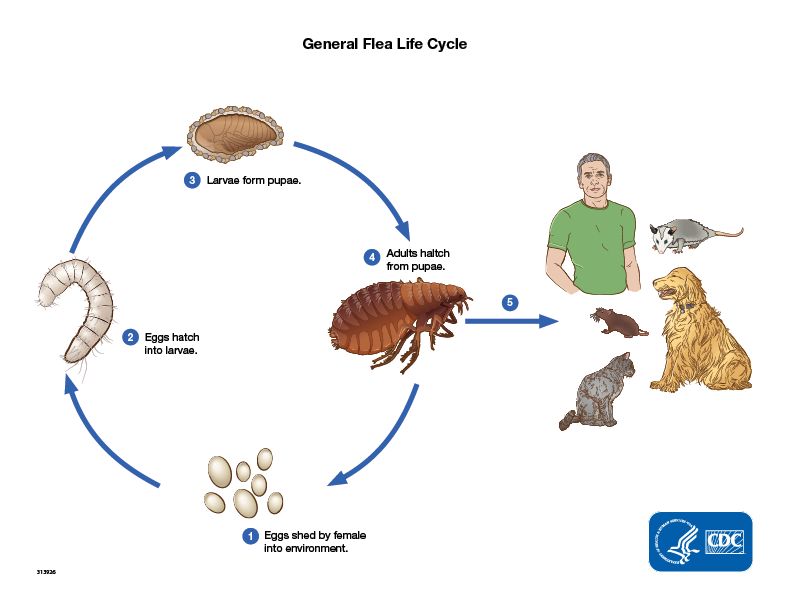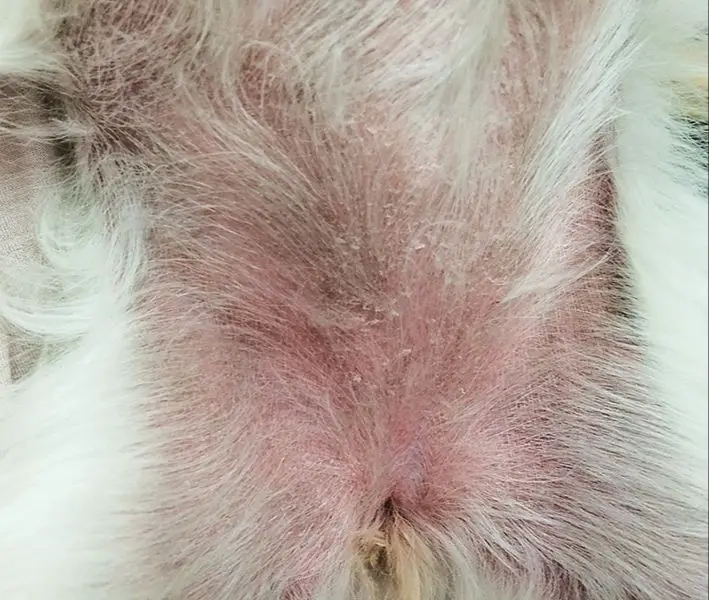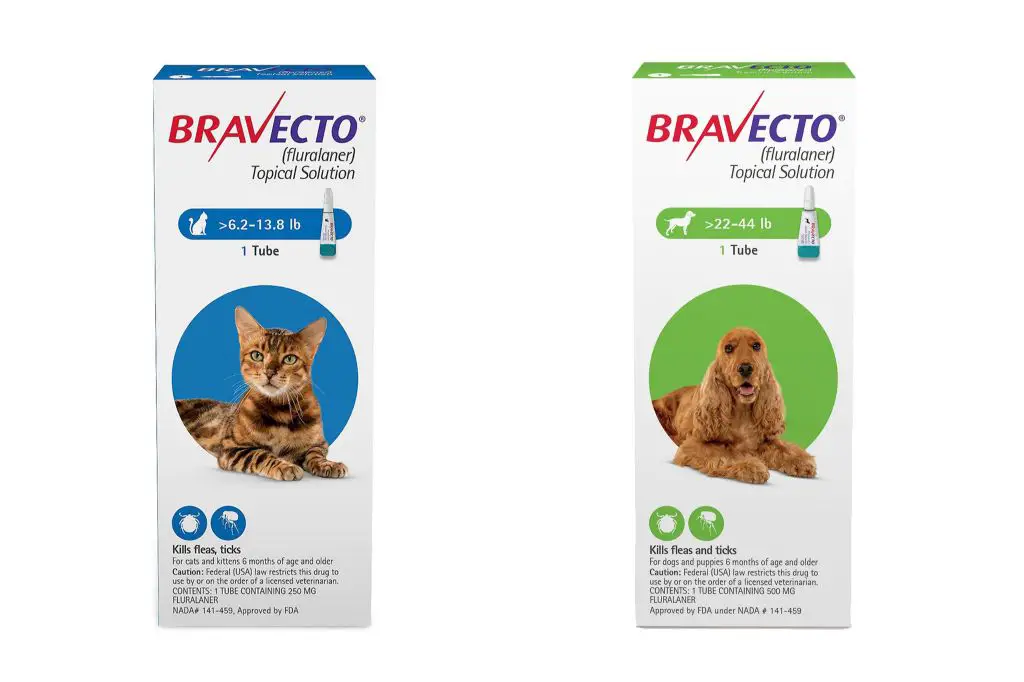Introduction
Fleas are a common problem for pet owners, and both cats and dogs can suffer from flea infestations. But is there actually a significant difference between cat fleas and dog fleas? At first glance, cat and dog fleas appear quite similar. However, there are some key biological differences between the two that affect their prevalence, health impacts, and treatment difficulty.
This article will take an in-depth look at cat and dog fleas, examining their biology and behavior. We’ll compare the health risks they pose, difficulty of home infestation, and best practices for prevention and control. You may be surprised to learn that cat fleas can be more problematic than dog fleas in several respects. By understanding the differences, pet owners can better protect the health and comfort of their furry companions.
Biology of Cat Fleas

The common cat flea, Ctenocephalides felis, has a complete lifecycle consisting of four stages: egg, larva, pupa, and adult. The lifecycle from egg to adult flea can be completed in as little as 2-3 weeks when conditions are favorable.
Adult cat fleas are small wingless insects around 1.5 to 3 mm in length. They have a flattened narrow body that allows them to move quickly through the fur and haircoat of the host. Cat fleas are reddish-brown in color and do not have wings, but they have strong hind legs specialized for jumping up to 200 times their own body length.
Cat fleas feed exclusively on blood from their host, which provides protein needed for reproduction. The flea’s piercing mouthparts allow it to penetrate the skin and suck blood from the host. To prevent coagulation, fleas inject saliva while feeding which contains anticoagulants and histamine. This causes irritation and inflammation at the site of the bite.
Biology of Dog Fleas
Dog fleas, also known as Ctenocephalides canis, go through four life stages – egg, larva, pupa, and adult. The lifecycle from egg to adult flea can take as little as 2 weeks with optimal conditions. Dog fleas are small insects, with adults measuring 1 to 4 mm in length. They have an elongated and flattened body shape which allows them to easily move through dog fur.
Dog fleas have piercing-sucking mouthparts that enable them to feed on the blood of their hosts. Their hind legs are adapted for jumping, allowing them to jump up to 8 inches high – equivalent to 150 times their body length. This assists in quickly moving between host animals.
The flea’s body is covered in hard plates called sclerites that offer protection. They have a compound eye on each side of their head and a row of bristles on their back to help maintain their footing on their hosts. Dog fleas feed exclusively on warm-blooded animals, with dogs being their preferred host.
The fleas live on the host animal’s skin where they can access blood meals multiple times per day by piercing the skin with their mouths. They prefer to feed around the neck, back, stomach, and groin areas where the skin is thinner.
Prevalence
When looking at the prevalence and severity of infestations, cat fleas tend to be worse than dog fleas in a few key ways:
Cats are more susceptible to flea infestations than dogs. Up to 95% of cats can have fleas at any given time, compared to just 50% of dogs. The reason is cats are excellent hosts – their fur provides an ideal habitat for fleas to thrive. Cat fleas prefer cats 3-to-1 over dogs.
Additionally, cat fleas reproduce faster on cats than dogs. The flea life cycle can be completed in as little as 14 days on a cat, versus 3-4 weeks on a dog. This allows populations to grow more rapidly.
Finally, cats are more likely to have heavier flea loads. A single cat can have hundreds or even thousands of fleas in a severe infestation. Dogs generally have fewer fleas at one time, though severe cases are still possible.
Health Effects
Both cat and dog fleas can spread dangerous diseases and cause significant allergy symptoms in pets. Some of the main health effects of flea infestations include:
Diseases Transmitted
Cat and dog fleas can transmit a number of diseases. Cat fleas are known for spreading bartonellosis (also called cat scratch disease), which can cause fever, swollen lymph nodes, and fatigue in humans. Dog fleas have been known to transmit murine typhus and the plague in rare cases. Both cat and dog fleas can spread tapeworms.
Allergy Symptoms in Pets
Flea saliva contains proteins that can trigger severe allergic reactions in pets. Signs of flea allergy dermatitis include excessive scratching, hair loss, hot spots, and skin infections. The itching can be so intense that pets bite and scratch themselves raw, leading to further complications.
Flea Allergy Dermatitis
Flea allergy dermatitis (FAD) is an allergic reaction to flea bites seen most often in dogs and cats. The pet becomes hypersensitive to flea saliva. FAD causes severe itching, scratching, hair loss, scabs, and hot spots. Secondary skin infections can develop from bacteria opportunistically infecting the damaged skin. Treatment involves addressing the flea infestation and managing the allergic reaction.
Treatment Difficulty

Both cat and dog fleas can be difficult to treat due to their rapid reproduction and ability to develop resistance to insecticides. However, cat fleas may be slightly harder to eliminate for a few reasons:
– Cat fleas reproduce faster than dog fleas, laying up to 50 eggs per day. This allows populations to bounce back more quickly after treatment.
– Cat fleas are more likely to develop resistance to common insecticides like pyrethroids. They have genetic mutations that allow them to detoxify and survive exposure to these chemicals.
– Cats are excellent groomers and ingest flea medication applied topically. This reduces the effectiveness compared to treatments applied to dogs.
– Cat flea larvae develop in protected areas like under furniture or deep in carpets. This makes it harder to reach all life stages with insecticide sprays or foggers.
– Treating all cats/dogs in a home is crucial, as fleas rapidly rebound from just a few untreated pets. Some cats are harder to medicate than dogs.
With vigilance and thorough integrated pest management, both cat and dog fleas can be controlled. But cat fleas present a tougher challenge overall when it comes to preventing resistance and eliminating an infestation.
Home Infestation
Both cat and dog fleas can easily spread through a home once an infestation takes hold. The main difference is where they prefer to live and lay their eggs.
Cat fleas thrive in carpets, rugs, soft furnishings and bedding. The eggs fall off the pet into these soft fabrics, where they hatch into larvae. The larvae feed on organic debris and flea feces before spinning a cocoon and emerging as adults ready to jump onto a host. Cat flea eggs and larvae can survive for months in carpets and soft furnishings.

Dog fleas prefer harder floors and crevices like tile grout, cracks in wood floors and baseboards. The eggs and larvae can still survive for weeks or months in these areas. Dog fleas may spread under furniture and onto pets who rest on hard surfaces.
In general, cat fleas multiply faster and spread easier through a home. Their ability to live in carpets and bedding helps them infest entire rooms and get into difficult places to treat. Regular vacuuming and hot washing of fabrics is required to eliminate cat flea eggs and larvae.
Human Bites
One of the differences between dog and cat fleas is their tendencies to bite humans. Cat fleas are more likely to bite humans than dog fleas.
Cat fleas will readily bite humans, especially if their preferred host (cats) is not available. Dog fleas prefer to feed on dogs but will bite humans if a dog host is not accessible. However, they do not thrive and reproduce using human blood as cat fleas will.
Cat flea bites on humans will initially present as small, red, itchy bumps. The itching can be intense and last for several days or weeks. Scratching the bites can lead to infection. Some people may also experience allergic reactions to the flea saliva resulting in hives, rashes or swollen lymph nodes.
While rare, cat fleas can transmit diseases to humans including typhus, plague and cat scratch disease. The most serious of these is plague, caused by the bacterium Yersinia pestis. Thankfully, plague is extremely rare today. But in the past, rat fleas carrying plague were instrumental in outbreaks such as the Black Death pandemic in medieval Europe which killed millions of people.
Dog fleas can also bite humans but much less frequently than cat fleas. The bites present similarly with small, itchy, red bumps. However, dog fleas are less likely to cause prolonged itching or allergic reactions compared to cat fleas. Cases of dog fleas transmitting disease to humans are also very uncommon.
In summary, while neither insect is pleasant, cat fleas pose a slightly higher risk than dog fleas when it comes to biting and disease transmission to humans.
Prevention

Preventing flea infestations on cats and dogs requires diligence and consistency. Here are some tips for prevention:
Cats
- Use monthly flea prevention medications like Frontline or Advantage. Consult your vet for the best options.
- Consider a flea collar for extra protection. Make sure it fits properly.
- Comb your cat regularly with a fine-toothed flea comb.
- Wash bedding frequently in hot soapy water.
- Vacuum thoroughly and dispose of the bag outside right away.
- Use flea spray on carpets and allow to dry fully before letting your cat back in.
Dogs
- Give your dog monthly flea and tick medication like Nexgard or Bravecto as prescribed.
- Try an anti-flea collar along with the oral/topical treatments.
- Brush and comb your dog’s coat to remove fleas and eggs.
- Wash your dog’s bedding and vacuum the floors regularly.
- Spray your yard and kennel area with an insect growth regulator.
- Treat your dog right away if you spot any fleas.
Consistency is key – maintaining diligent prevention habits will help keep fleas at bay on both cats and dogs.
Conclusion
In summary, both dog and cat fleas can be troublesome pests and lead to uncomfortable bites and skin irritation for pets and homeowners. However, the evidence suggests cat fleas are often considered worse than dog fleas for a few key reasons:
– Cat fleas are more prevalent overall, especially in homes without pets. Their ability to thrive off cat or dog blood makes them extremely adaptable.
– Cat fleas spread more disease and are known to transmit plague, typhus, and potentially Bartonella. Their bites are often more irritating as well.
– Cat fleas are harder to fully eradicate once infested in a home. Their eggs stick to surfaces and larvae can survive without a host for many months.
While dog fleas certainly shouldn’t be ignored, cat fleas demand more vigilance. Keeping them under control requires diligent prevention and targeted treatment efforts. With some determination and thoroughness though, it’s possible to minimize these pests in any home.